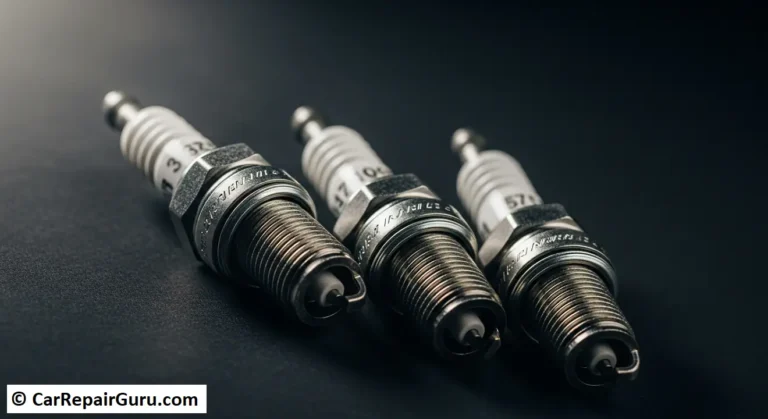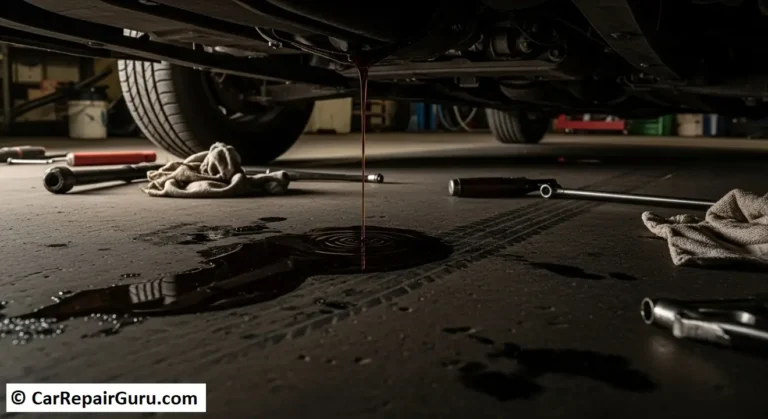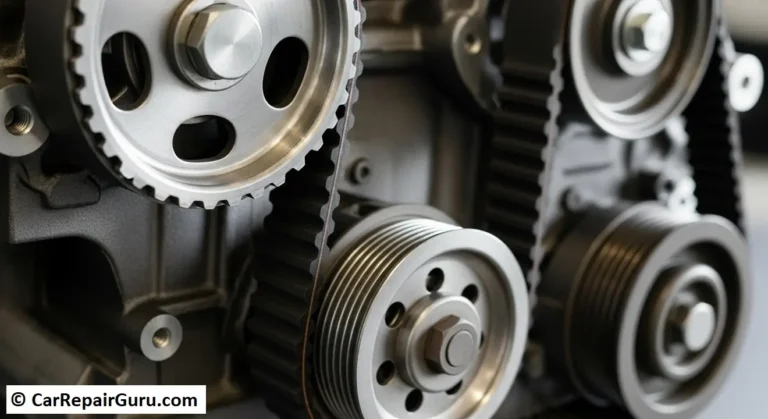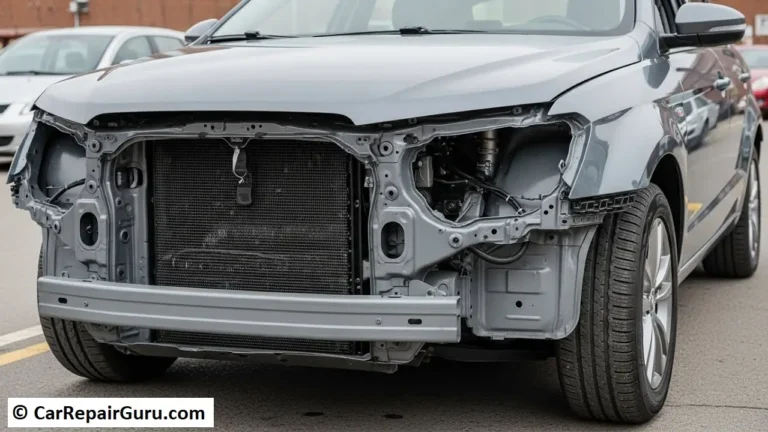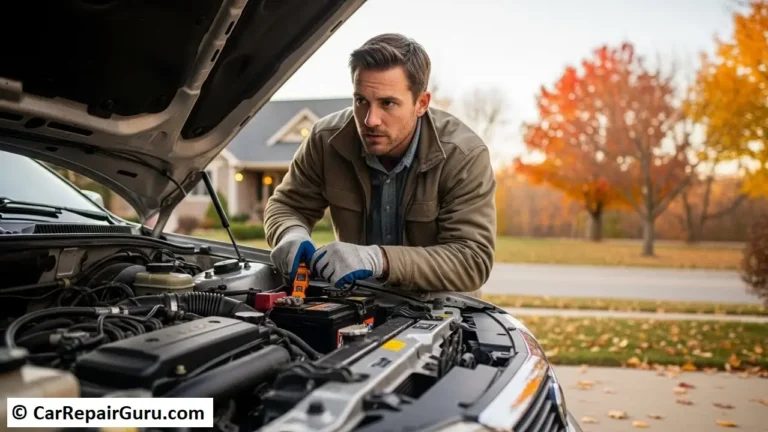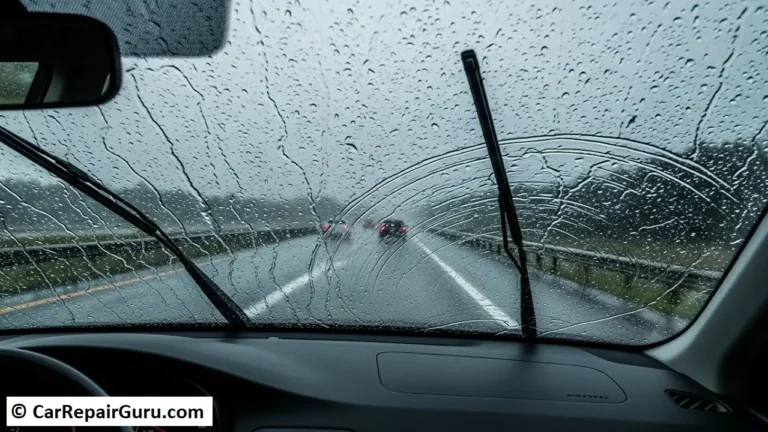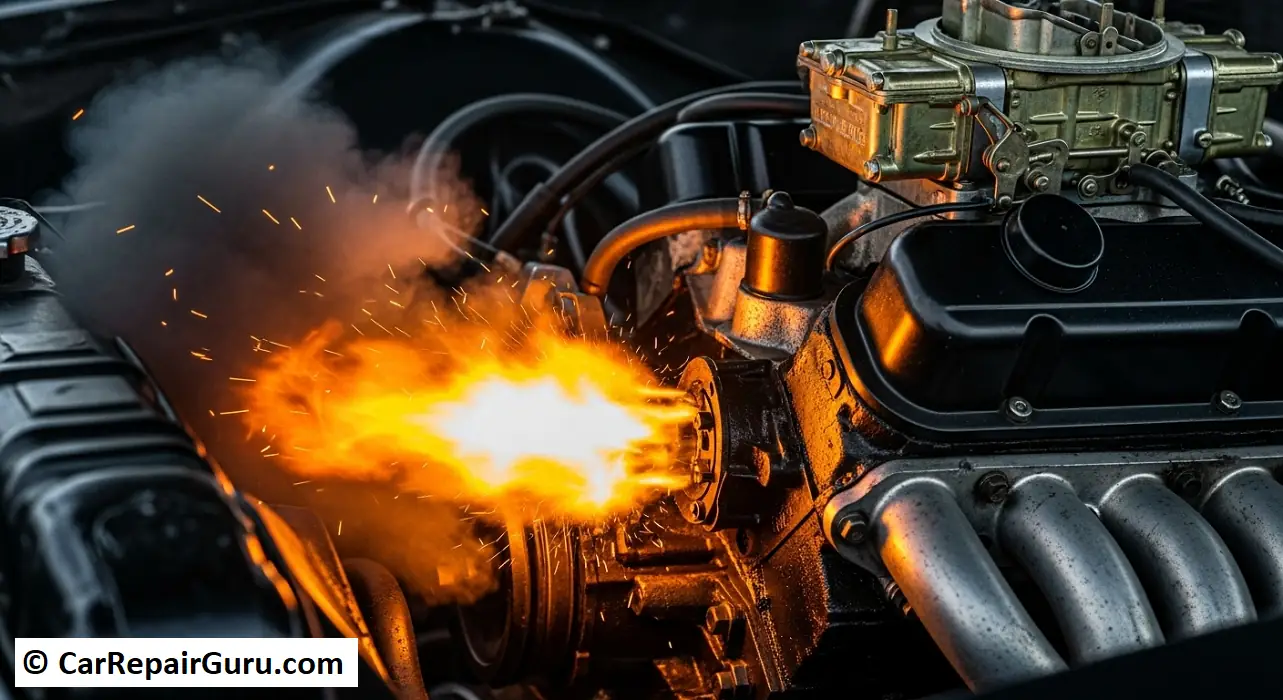
You’re driving along, enjoying the rhythm of the road, when suddenly—BANG!
That loud, startling pop from your car sounds more like a gunshot than a healthy engine. It’s a sound that makes your heart jump and your mind race. That jarring noise is an engine backfire, and it’s your car’s way of sending a clear signal: something isn’t right with its delicate combustion process.
A car making a popping sound is more than just an annoyance; it’s a symptom of an underlying problem that could be robbing you of fuel economy, damaging expensive components, and leading to a much bigger repair bill down the road. This guide will demystify that scary sound. We’ll break down what causes a backfire, how to diagnose the issue, and what steps you can take to fix it for good.
Understanding the “Pop” – Backfire vs. Afterfire
Before we dive into the causes, it’s helpful to know what’s actually happening. While most people use the term “engine backfire” to describe any loud pop from their car, there are technically two different events.
The Classic Backfire (Intake Backfire)
This is the original definition. A true backfire occurs when fuel ignites prematurely, sending a combustion flame backward through the intake system. This is a less common event in modern, fuel-injected vehicles but can be very damaging to sensitive air sensors and plastic intake parts.
The More Common Afterfire (Exhaust Backfire)
This is what most people experience today. An afterfire happens when unburnt fuel makes its way out of the engine and into the hot exhaust system. There, the high temperatures of the exhaust manifold or catalytic converter ignite the fuel, causing a loud bang or pop from the tailpipe. For simplicity, we’ll use the common term “backfire” to refer to this more frequent backfire through the exhaust.
The 7 Most Common Causes of a Backfire
An engine needs three things to run smoothly: a precise mixture of air and fuel, a strong spark, and for that spark to happen at the exact right moment. A backfire is a sign that one of these three elements is out of sync.
1. Incorrect Air-Fuel Mixture (Too Rich or Too Lean)
Your car’s computer works tirelessly to maintain a perfect air-fuel mixture. When this ratio is off, problems begin.
- Running Too Rich: This means there’s too much fuel and not enough air. The excess, unburnt fuel gets pushed into the exhaust, where it can ignite.
- Running Too Lean: This means there’s too much air and not enough fuel. A lean mixture burns slower and hotter, sometimes causing combustion to finish after the exhaust valve has already opened.
2. Faulty Ignition System
The ignition system creates the spark that ignites the fuel. If the spark is weak, intermittent, or absent, fuel won’t burn completely in the cylinder.
- Worn Spark Plugs: Old, fouled, or improperly gapped spark plugs can’t produce a strong, consistent spark.
- Bad Spark Plug Wires or Ignition Coils: These components deliver the high-voltage electricity to the plugs. If they are cracked or failing, the spark will be weak.
3. Incorrect Ignition Timing
Timing is everything. If the spark fires too early or too late in the combustion cycle, it can ignite the fuel while an intake or exhaust valve is still slightly open. This is often caused by a failing crankshaft or camshaft position sensor.
4. Vacuum Leaks
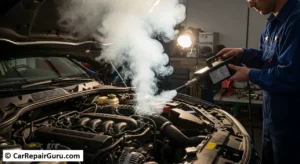
Your engine relies on vacuum pressure to operate. A crack in a vacuum hose or a bad gasket can suck in extra, unmetered air. This throws off the air-fuel ratio, creating a lean condition that often leads to backfiring and a rough idle.
5. Clogged or Damaged Catalytic Converter
The catalytic converter is designed to burn off harmful emissions. If it becomes clogged, it can trap unburnt fuel and hot gases, creating a perfect chamber for an afterfire to occur. A severe backfire can even destroy the converter itself.
6. Faulty Engine Sensors
Modern engines rely on sensors to feed data to the main computer (ECU). If one of these sensors fails, the ECU gets bad information and can’t manage the engine properly. Key culprits include the Mass Airflow (MAF) Sensor and Oxygen (O2) Sensors.
7. Internal Engine Damage
This is the least common and most serious cause. An issue like a jumped timing belt/chain or a bent valve can throw the mechanical timing of the engine out of whack, leading to persistent and damaging backfires.
When Does it Happen? Diagnosing Backfires by Symptom
Paying attention to when your car backfires is a powerful diagnostic clue that can help you narrow down the cause.
Backfire on Acceleration
When you press the gas, your engine needs more fuel and a stronger spark. A backfire on acceleration often points to a problem with the fuel delivery system (like a clogged fuel filter or weak fuel pump) or an ignition system that can’t keep up under load.
Backfire on Deceleration (When you let off the gas)
This is a classic sign of a rich fuel condition. When you take your foot off the gas, excess fuel gets pushed into the hot exhaust and ignites. This can also be caused by an exhaust leak near the manifold, which sucks in oxygen and ignites fuel vapors.
Backfire When Starting the Engine
A loud pop right as the engine turns over almost always points to an ignition timing issue. The spark is firing at the wrong moment, igniting fuel while a valve is still open.
From Diagnosis to Solution – How to Fix Engine Backfiring
Ready to tackle the problem? Here’s a logical approach to finding and fixing the source of the backfire.
Step 1 – Scan for Codes with an OBD-II Scanner
For any car made after 1996, this is the best first step. An OBD-II scanner plugs into a port under your dashboard and reads error codes from your car’s computer. A code for a misfire (P0300 series) or a lean/rich condition (P0171/P0172) will point you directly toward the problem.
Step 2 – Perform a Visual Inspection
Pop the hood and look for the obvious. Check for cracked or disconnected vacuum hoses, damaged spark plug wires, and black soot marks around the exhaust manifold that indicate a leak.
Step 3 – Inspect the Ignition System
Start with the basics. Remove and inspect your spark plugs. Their condition tells a story about what’s happening inside your engine. Replacing old spark plugs and wires is an affordable and common fix for many backfiring issues.
Step 4 – Check the Fuel and Air Systems
A clogged fuel filter can starve the engine of fuel, while a severely clogged air filter can choke it of air. Replacing these filters is part of routine maintenance and can solve many performance problems.
Preventative Maintenance – How to Keep Your Engine from Backfiring
The best way to fix a backfire is to never have one in the first place. Here’s how you can prevent it.
- Adhere to Your Regular Service Intervals: This is the most important step. Regularly replacing spark plugs, air filters, and fuel filters according to your owner’s manual prevents the most common causes.
- Use High-Quality Fuel: Top-tier gasoline contains detergents that help keep your fuel system clean, promoting more complete combustion.
- Don’t Ignore Your Check Engine Light: That light is your early warning system. Addressing the code when it first appears can stop a minor sensor issue from becoming a major backfiring problem.
Is an Engine Backfire Dangerous? When to Call a Pro
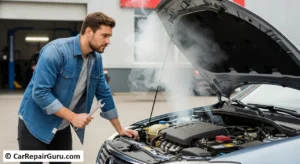
While a single, small pop might not cause immediate harm, persistent and loud backfiring is absolutely dangerous for your car’s health. It can destroy your catalytic converter (a $1,000+ repair), crack your exhaust manifold, and damage expensive sensors.
You should put down the wrench and see a mechanic if:
- You’ve tried the basic fixes (plugs, filters) and the problem continues.
- The backfiring is severe, constant, or accompanied by a major loss of power.
- You suspect the problem is related to internal engine timing (e.g., timing belt/chain).
Don’t Ignore the Pop – Your Engine’s Cry for Help
That loud bang from your engine isn’t just an embarrassing noise; it’s a critical warning sign that the fundamental process of combustion is failing. By understanding the causes and following a logical diagnostic path, you can address the issue promptly. Your engine, and your wallet, will thank you for it.
Engine Backfiring FAQ
Why does my car backfire on acceleration?
This is usually due to the engine not getting enough fuel or having a weak spark when it’s under the most demand. Check your fuel filter, fuel pump, and ignition coils.
Can bad gas cause a backfire?
Yes. Low-quality or contaminated fuel doesn’t combust properly, which can lead to unburnt fuel igniting in the exhaust.
Is it normal for a modified car to backfire?
Some performance tunes are designed to create small afterfires on deceleration for sound (“crackle tunes”). However, a loud, uncontrolled car backfire is never normal or safe, even on a performance car.
How much does it cost to fix an engine backfire?
The cost varies wildly. A new set of spark plugs might cost $100-$300 installed. A new catalytic converter, however, can run from $800 to over $2,000. This is why early diagnosis is so important.
